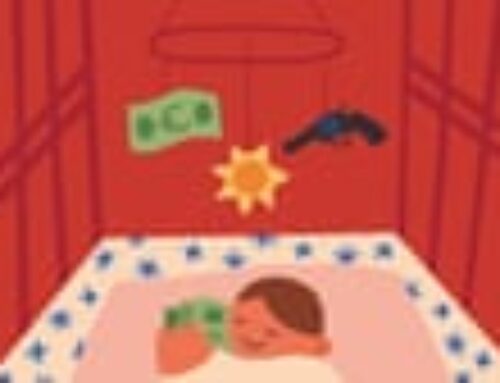David Chase, creator, writer and producer
I was still writing the pilot episode when Steven Van Zandt – who would go on to play strip-club owner and second-in-command Silvio Dante – came to read for the part of Tony Soprano. I thought: “With Steven, it could be more like The Simpsons: more comedy, less nasty bits, more absurd.” But once we hired Jim Gandolfini for Tony, it all went back to where it started.
The first draft was for Fox. They turned it down. I realised it was because I hadn’t put any murders in. People watch mob shows because they like to see murders and betrayals. So when I went to HBO, I completely rewrote it. Had Fox said yes, it would have been a calamity of competing agendas, a total piece of crap. The only time I ever had a problem was in episode five of season one, College, when Tony takes his daughter to various colleges in New England and spots a guy who ratted out the mob. The guy’s murder was very graphic and brutal and HBO got nervous. But I said: “People aren’t going to accept this guy as a real mobster if he doesn’t kill a rat.”
I’m an Italian-American from New Jersey and we shot in the woodsy suburb I grew up in. My family was not in the mob but I had a cousin who was connected. I remember my aunt went to a wedding at the home of the big New Jersey boss. I was just a kid and couldn’t believe it when she told us they had a champagne fountain.
The series was accurate about the American mafia and the RICO statutes that had come in to fight racketeering. In the old days, guys busted for cocaine trafficking used to go away for five years. Anybody could stand that. Now they went away for 30, so the mafia started to inform on each other to avoid sentences and the whole system fell apart.
I’ve heard of people who have watched all 86 episodes six, seven, eight times. People relate to Tony’s problems with his work and home life. It gives an accurate picture of life, suburbia and US commercialism in the early 2000s. Even though there are clunky old cellphones and old-fashioned TVs, it’s stood the test of time. It was the high point of my career. It’s not going to get better than that.
Vincent Curatola, plays Johnny Sack
I’d known Jim Gandolfini for about six years. We used to hang out in this restaurant in New York’s Greenwich Village called Marylou’s that was full of budding actors like me, Jim and Tony Sirico, who played Paulie Walnuts. I’d only become an actor very recently. My agent submitted me for the role of Johnny Sack – and the rest is history.
David Chase is a quiet, pensive guy, a man of very few words but extreme talent. The scripts were so specific that acting like a mobster was easy. The trick was in the subtleties. Smiling with your eyes is one thing. Smiling with murder behind your eyes speaks volumes. I never really looked at it as organised crime, though. They could just as easily have been part of corporate crime, which I think is a lot bigger.
I remember walking into a diner the Monday morning after my first episode. People were staring at me like I really was a New York crime family underboss. In season four, Johnny beats up a guy who’s making fun of his wife Ginny’s weight. Then in the final series, he is allowed out of jail to attend his daughter Allegra’s wedding and orders Tony to do a hit. After that, the looks of fear I got in real life were even stronger.
There was a story in the New York Post that said some alleged members of organised crime had been captured talking about The Sopranos while under wire surveillance. I thought that was hilarious – these actual mobsters wondering: “Is that our restaurant they’re talking about?” And: “Is that supposed to me?”
We were all very close. We all happened to be neighbours and did a lot of personal appearances together in casinos and hotels. Jim’s passing in 2013 was a horrible ripple through our lives. He was a fun and loving guy – and of course not at all like Tony Soprano.
The show still attracts generations of new fans. I liken it to going to a museum and seeing a 300-year-old painting. I think that’s how The Sopranos will be viewed in the future – as an iconic piece of art.




